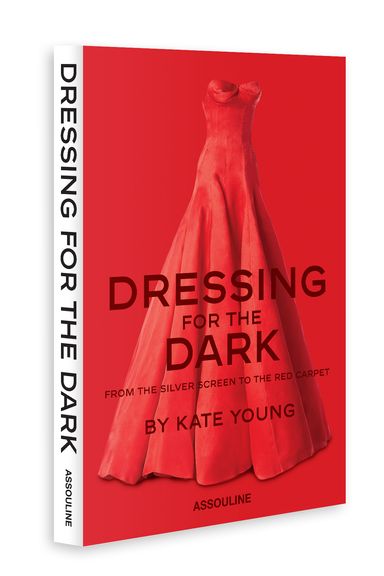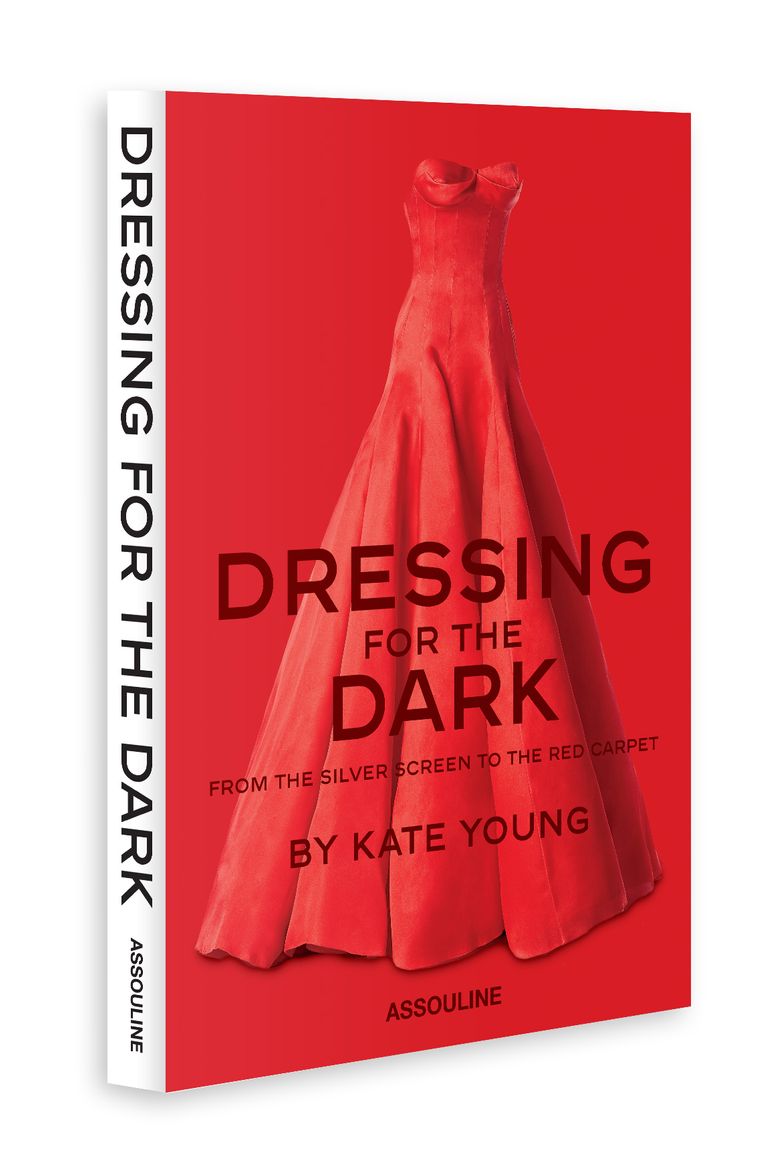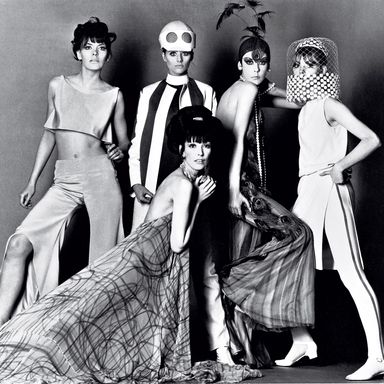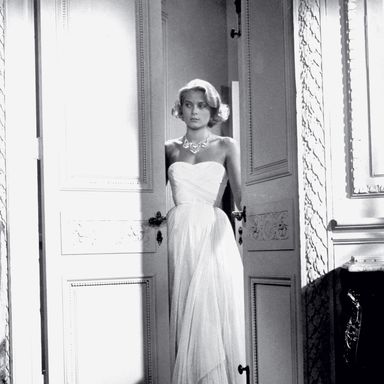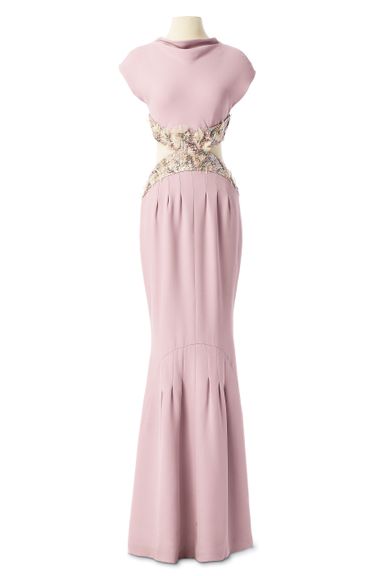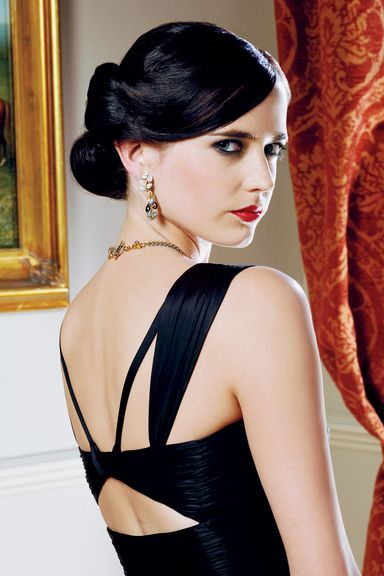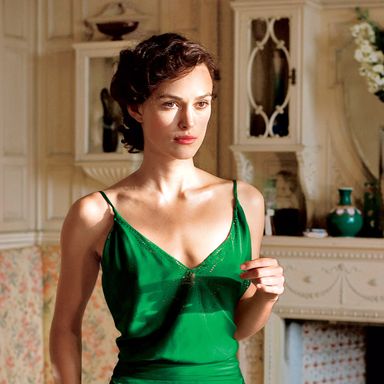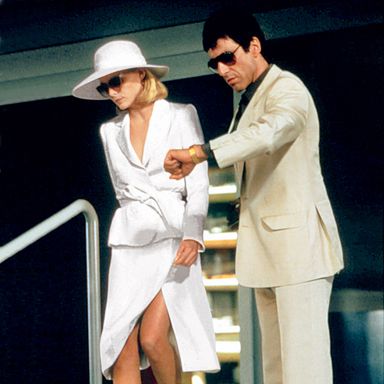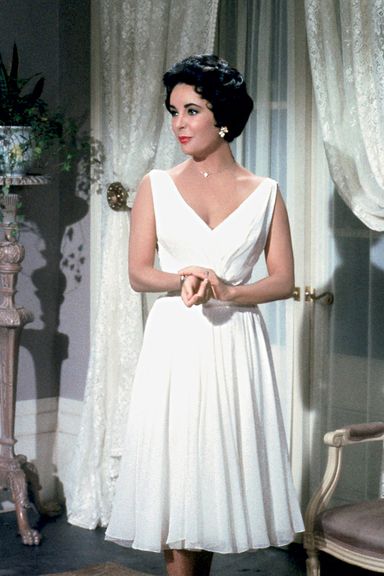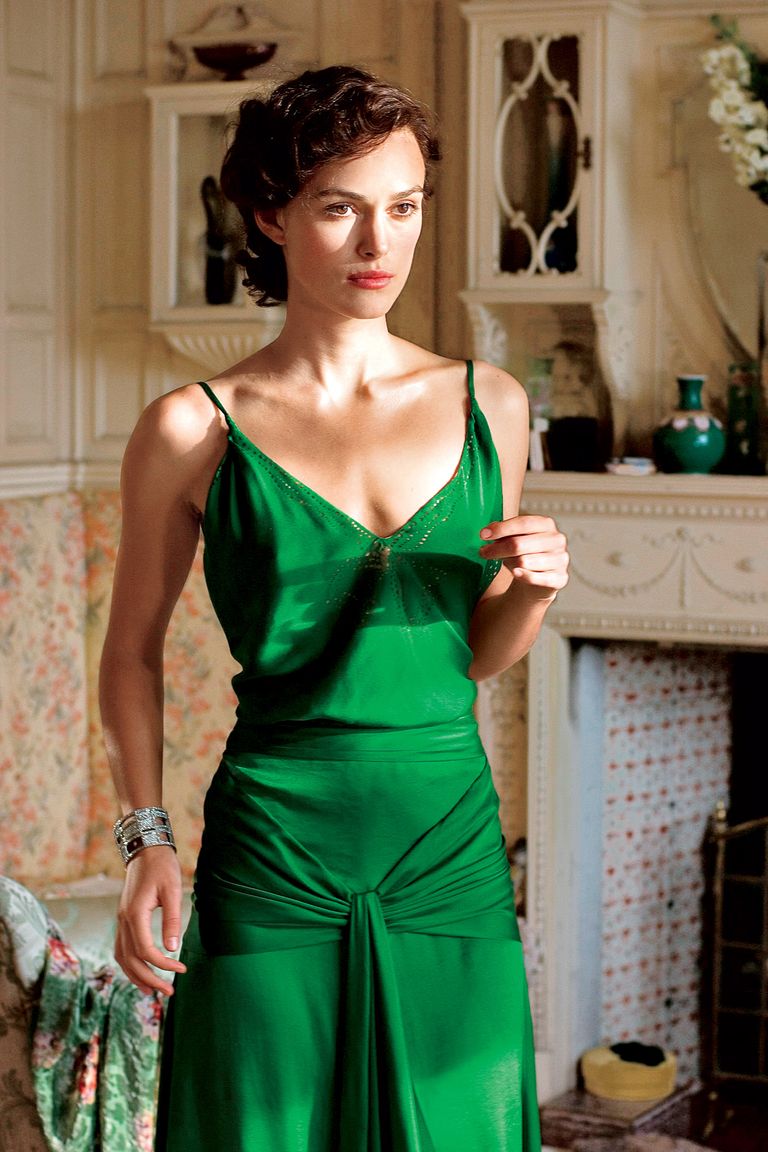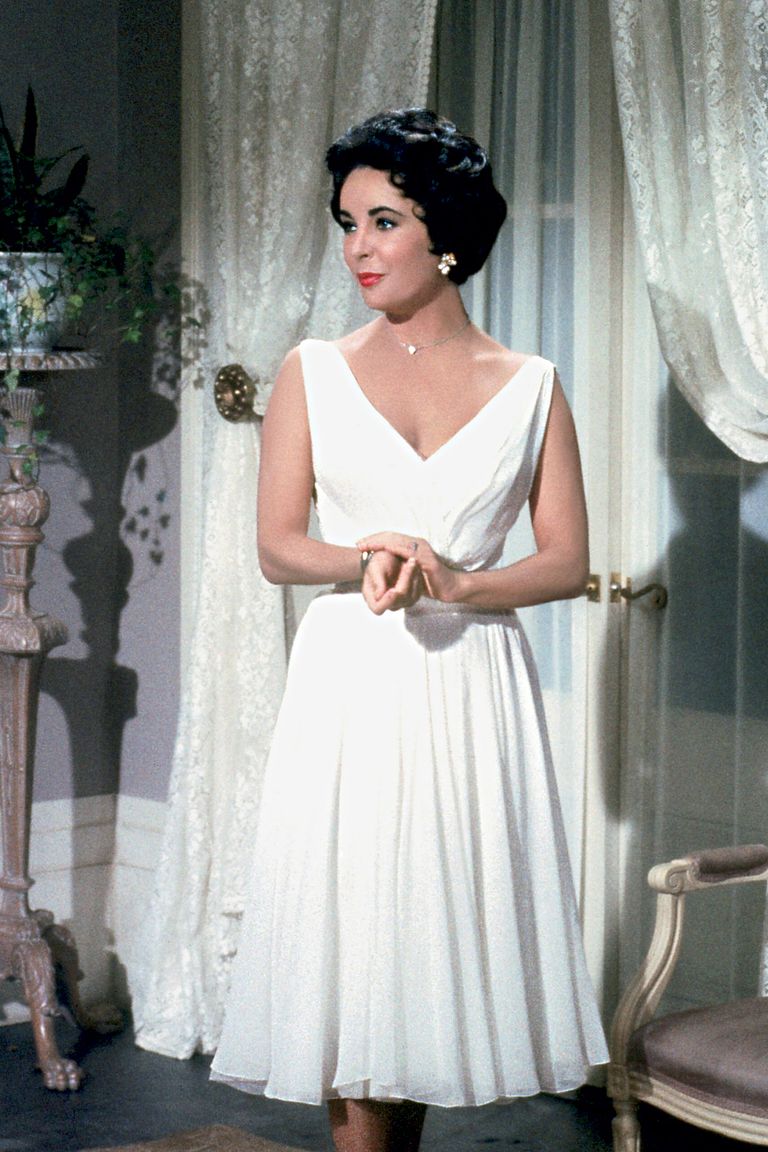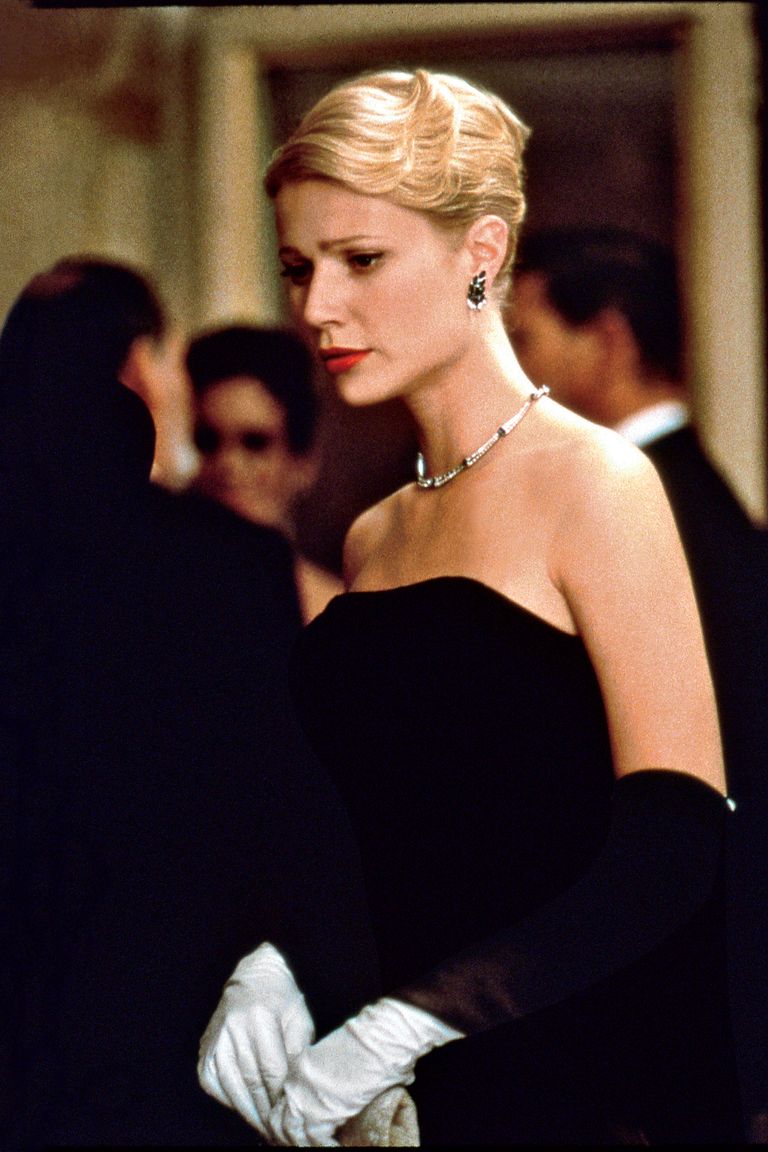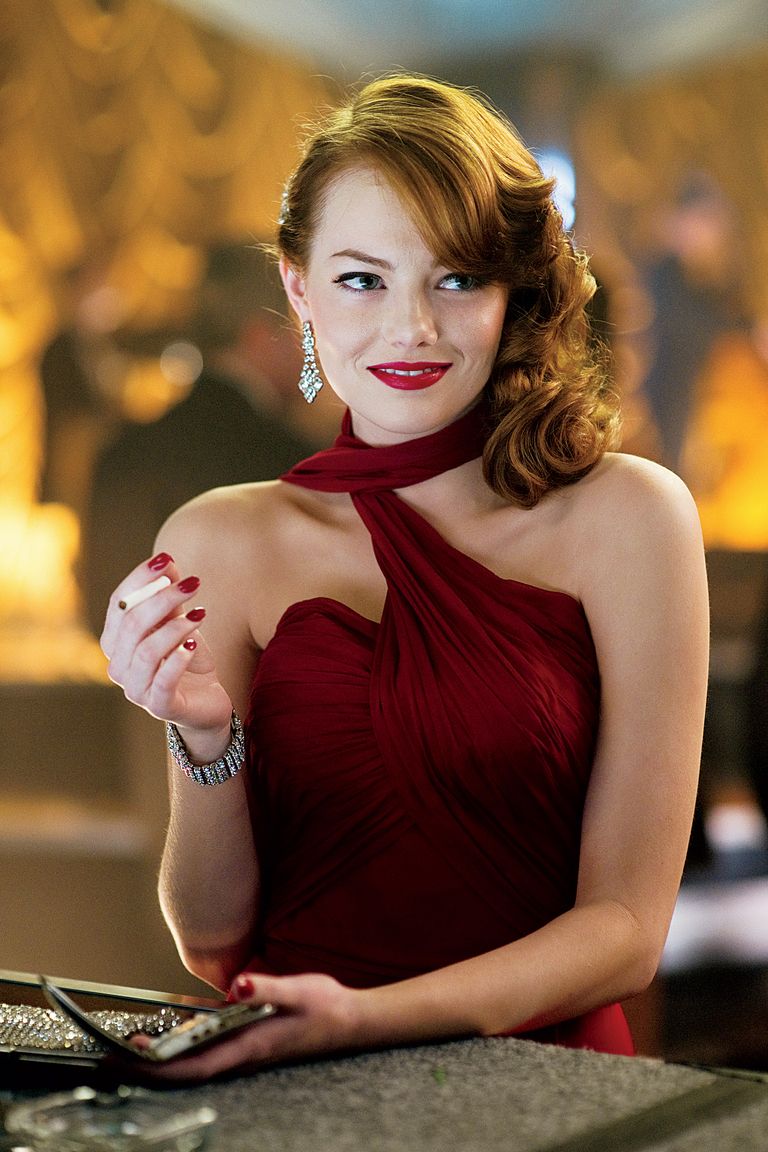A Hollywood Stylist’s Advice for Regular People
Speaking from experience, even people who work in fashion get flustered by eveningwear. Vague dress codes, heel-height dilemmas, and a fear of all things taffeta are pretty universal. The stylist Kate Young, who works with a host of actresses including Michelle Williams, Natalie Portman, Selena Gomez, Dakota Johnson, and Rachel Weisz, seeks to address this problem in her new book, titled Dressing for the Dark.
With chapters devoted to formal dressing of every stripe (along with an impressive host of Hollywood film stills illustrating each example), it’s a primer on red-carpet dressing without the red carpet. Young, who designed an evening-centric Target line last year, talked to the Cut about bingeing on old movies, why she almost never dresses her clients in black, and the ever-looming threat of “sports-bra ass.”
Dressing for the Dark grew out of your policy of compiling an inspiration binder for every single celebrity red-carpet appearance you do. That’s intense.
One particular awards season was such a monster. I had Natalie and Michelle both going to all the awards shows. I had this inspiration book, and one of my friends bound it — that’s where the Target collaboration came from, because I showed it to them, and they were like, “Oh, wow.” That same book is what I originally showed Assouline. The original book doesn’t really resemble the book that exists now, but that’s definitely where it came from.
How do you source these images? Some of the stills in the book are from fairly obscure movies.
I really like movies, obviously. I have a friend who’s a manager and who knows every actress who has ever won an Oscar and what it was for. You can say to him, “1972, Best Film.” And he’ll tell you all the actors in it, what they wore to the Oscars, and who Edith Head dressed that year. I called him and was like, “I’m doing this. Give me a list of movies that I need to see.” And I also asked Natalie Portman. I asked a couple of my friends who are film buffs. I just started downloading [movies] and watching them on airplanes and getting DVDs from the library. Even at work, we’d put one on while I was doing other stuff so I could watch it out of the corners of my eye and see if there were any good costumes. And then, I have a lot of Hollywood costume books — I collect them as a visual reference. It’s kind of like any research. You go down a rabbit hole. Every time I went to dinner, I’d say, “Oh, I watched the most amazing movie.” And somebody else at the table would say, “Oh, did you ever see the dress in this Robert Altman movie?” And I’d be like, “No.” So I’d go home and watch it.
Are there particular costume designers that you’re a big fan of?
Edith Head, I’m a big fan of hers. I know she’s the most famous one in the world, but there’s a good reason. Her books stand up. I have a quote from one of her books on my desk. Wait. I’m going to read this to you.
She says, “Every woman’s task is to be a do-it-yourself dress doctor, and the person she must know is herself. Every woman, like every actress, is capable of being visually translated into many different women. A woman in a bathtub has little personality, she’s just a woman without clothes. Clothes not only make the woman — they can make her several different women. There’s no one style. There’s a style for a mood. A tailored woman at work, a siren at night, a feminine, attractive creature at a luncheon, an efficient chairwoman of a PTA meeting.” She really believed that with clothes, you could create the life you wanted. Like, actually. That you needed to put on the costume that would get you the life you want.
Not only do you pull these film stills every time you dress someone, but you tell the actress that you’re working with to pretend she’s playing a part.
I find that sometimes helps. Actresses are actresses because they like being someone else. When they have to do something in public as themselves, that can be uncomfortable for them. So if they play the role of themselves being a movie star, it’s easier for them. I went to the Louis Vuitton show with Michelle Williams because she’s my friend and client. We got out of the car together, and — the shouting and the picture-taking! And the people running after her. I mean, it gives me an anxiety attack that I can’t even … And that’s nothing. At the Oscars, it’s like a stadium of paparazzi.
It sounds like you’re more comfortable being behind the scenes. You started at Vogue as Anna Wintour’s assistant and were doing some writing, and then you moved into editorial styling before you became a celebrity stylist. I’m curious what it’s like having a job that didn’t really exist 15 years ago.
I did a job that nobody else wanted to do. When I was an assistant at Vogue, I loved shooting celebrities. I was so excited to work with Herb Ritts. I loved L.A. I loved all that stuff. And everyone I was an assistant with loved models and loved fashion. That was the way it was back then. Now we don’t even think of it that way. Celebrity covers were not the most important covers, really. It was like, Gisele and Carmen Kass and Angela Lindvall and Carolyn Murphy. Those were the girls. And so, the fact that I loved that stuff worked in my favor.
I was a bottom-feeder. I got to work with Herb because nobody wanted to do those shoots. I would work on holidays and fly to L.A. and go do celebrity photo shoots with him and be in heaven. And I think it confused a lot of my contemporaries. They were like, “Why do you want to do that all the time? What’s the point?”
Was there a kind of snobbery on the part of the people who wanted to work with models only?
Oh, definitely. Celebrities have opinions, and they have real bodies. So you’re never going to get a straight fashion vision. You just can’t control it the way you can with a model. In the end, it really benefited me, all of that. Because celebrities became fashion.
And who was your first client?
I think Jennifer Connelly.
How is dressing someone like Michelle Williams different from dressing, say, a Miranda Kerr?
Miranda is five foot nine. And Michelle is five foot three. So there’s a world of difference. The bodies are just vastly different between actresses. And then the next thing is really, what their personalities are. What they like. Some women always want to look classy and appropriate and pretty. And some want the dress to be more important than them.
You have a chapter devoted to “the fashion dress.”And you said, it may not be the most flattering thing you’re going to wear. Not everyone is going to appreciate a fashion dress.
I think there are fashion girls. You know who they are. Cate Blanchett, Tilda Swinton, Björk. Someone like Michelle Williams is a little more subtle with it. She’ll wear a bright-yellow dress or an orange dress, or some crazy Louis Vuitton thing. She is interested in wearing something that pushes the boundaries and maybe isn’t an Hervé Léger dress.
How much of it is client feedback? Them saying, “This isn’t right for me …”
A lot. The most important thing to me is that people feel really good. And there are definitely times where I say, “I think you need to push your comfort zone here. I know this doesn’t feel right, but I feel very strongly about it, and I think you’ll be happy with how you look and with the picture.” But I really want their clothes to be representative of who they are. My clients don’t look alike, for the most part. I don’t come in and make them look a certain way. That doesn’t really interest me. I really want it to be the best, most flattering, most clean and chic version of them.
At fashion shows, are you taking notes? Jotting down, This would be good for this person?
Sometimes. Sometimes a collection happens and I think, Oh, this is really going to be good for celebrity dressing. Like Sonia Rykiel, I watched that show and was thinking, Oh my gosh, this is heaven. There’s so much here. [New designer Julie de Libran] is amazing. And sometimes I see a show and I love the show and I think the show has interesting fashion lines, but there’s nothing I can put a real woman in.
It’s interesting to me that you make this distinction. You were saying that celebrities, as opposed to models, have “real bodies.” I realize that there is a wide range of celebrity bodies, but I don’t know how different celebrities are from models these days. Aren’t most actresses sample size?
A lot of celebrities are sample size, but I mean, models are really, really thin. And generally, runway models are very classic, like well proportioned. I don’t think models necessarily have the best bodies. You can exercise and be very thin, but that doesn’t mean your hip-, waist-to-shoulder ratio is going to be perfect. Or that your legs will be 65 percent of your body. Successful runway models are successful runway models for a reason. And that’s because clothes look good on them.
Let’s talk about the ins and outs of the styling that you do, the hard-core tricks. In the book, you say, and this is a direct quote, “There’s nothing sexier than a woman with a jiggly behind.” And it seems like you’re not a big proponent of Spanx.
I don’t like that sports-bra ass. It looks yucky. Most photos we see are of the front, but I think it’s important what the back looks like. In the book I have this quote, from Oscar de la Renta, actually. “Walk like there’s a man behind you.” And I just think that’s important. It’s important that you not have this weird butt that you can bounce a quarter off of, that your ass looks, like, squeezable and attractive. Like, you wouldn’t wear a jogging bra to an event, with your boobs smashed together in a tube. I mean, the butt is a good thing! Kim Kardashian’s entire persona is based on that giant, squishy ass. So I’m not so into the biking shorts that squish it all together.
You also said that you rarely use double-stick tape. Why is that?
Because I don’t think it really works. For a photo shoot it works, because you’re not moving, but in general, what happens is it gives you a false sense of security and then it just sticks to your skin and gets like lint on it, and then you see these brown, gummy things stuck to people’s skin. I think they’re really gross.
You also have very specific feelings about nipple covers, because you say you can see the line?
Yeah, because they’re shaped like a flower. Half the time you can see the lines, you see that edge cut, it catches the fabric. I’m also [dressing] the people who are photographed under very intense lights, so even though you might not see it in the reflection of the mirror when you’re getting ready in a nicely lit bathroom, you will see it in a photo, and then it could be on some blog the next day with arrows drawn all over pointing to the nipple cover, and that would be my fault.
You have an entire chapter on the black dress and the enduring appeal of wearing black. But you don’t often put your clients in black on the red carpet. Why is that?
Because it’s boring. My clients wear black when they go to the other people’s premieres. If your boyfriend is in a movie and you’re going to the premiere with him, but there’s a female lead, it’s polite for you to wear a black dress so you don’t get more press.
It’s like not wearing white to a wedding.
Yeah. It’s a little bit much, you know.
Is there a time in terms of styling that you feel you really got it right? The yellow Vera Wang gown that Michelle Williams wore to the Oscars constantly gets brought up and seems to be an evergreen on every “best-dressed” Oscars list.
That’s too hard for me to answer because it’s so self-referential. I tend to be really hard on myself, so I don’t usually think, like, Oh, I really did a great job. But there are times when I know that I’ve gotten good response for stuff. That yellow dress is one of them. People still reference it all the time. And that makes me feel good.
Is there anyone that you would love to style, someone that you’ve never worked with?
Hillary Clinton. Wouldn’t that be amazing? I love her.
Have you seen the photo where they assembled her rainbow of pantsuits?
She needs a jumpsuit. [Laughs.]
Now that you’ve been doing this for quite a while, how do you think the red carpet has affected the way that regular women dress? And do you think that it’s been for better or for worse in the way that it’s affected them?
That’s a complicated question. I do think like, there’s definitely an effect on prom. I thought a lot about prom during the Target thing, because that was sort of the idea, is that it would be red carpet at a price where you could buy it for your prom, you could buy it for your friend’s wedding. I live in Brooklyn, and I don’t think that women here really dress in a way that’s indicative of the way that women dress across the country, but sometimes, if I’m in Meatpacking or something, I see that women definitely — you know, they look like Us Weekly. They’re wearing like tight, colored dresses and tan platform shoes, and stuff like that.
You work with vintage a bit; you have that great vintage Chanel that Natalie Portman wore in 2006.
And then she wore vintage Dior to the Oscars.
I’m wondering how you source that. Is that a little more difficult than, you know, pulling stuff from designers?
I just know some good vintage dealers, and they tend to email me when they get good gowns. There’s an amazing story about that Dior dress, actually. Natalie and I were in Paris like a year later, and a woman, a journalist who was interviewing her for a Dior press day, brought a photo, and it was actually her grandmother’s dress. She wore it to a debutante ball in Paris in the 1950s.
A lot of your clients have contracts with designers, like Michelle with Louis Vuitton, or Natalie with Dior, and I’m wondering how you do a mix of the designers that they are working with but also mix in vintage. Or I know Natalie wears a lot of Rodarte, some smaller designers.
I think the thing is you still need to have their personality there. I think that Michelle is a really good fit with Louis Vuitton, the clothes really suit her. I guess they knew that when they signed her. And I feel the same way about Natalie and Dior, they’re really actually perfect, that sort of futuristic classicism.
Finally, who do you think of as the audience for the book, and what are you hoping people take away from it?
I hope that women can read it and get excited about going to their friends’ weddings instead of [feeling] stressed about the dress.
This interview has been edited and condensed.
